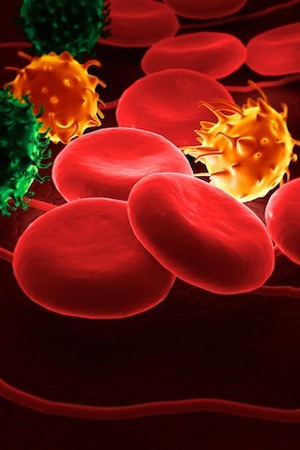Menstrual Blood Stem Cells

Right from menarche to menopause, women face those uncomfortable days every month. The severity of discomfort though may vary from female to female. Appearance of monthly periods is a pain in neck for most of the unmarried and married females as it restricts their freedom of movement. But did you know, the monthly flow which is otherwise considered as a loss of blood and a cause of anemia, is an important source of stem cells? Yes, researchers have been successful in obtaining stem cells from the menstrual blood.
Earlier, blood from umbilical cord was regarded as the ultimate resource of stem cells. Only those who have given birth able to preserve the stem cells as they were obtained from umbilical cord. But, researchers have now discovered and successfully harvested stem cells from menstrual blood, making it possible for all the women including those who have never given birth, to preserve stem cells for themselves. The discovery of stem cells in the menstrual blood has given a new meaning to menstruation for women who earlier considered menstruation as nothing but a painful and necessary evil.
It has been now established that endometrial wall of the uterus has unique quality of regeneration. There is a thick growth of blood cells in endometrial lining which is discarded if conception does not occur. The bloodshed contains a variety of cells some of which have regenerative properties. These are the stem cells of mesenchymal and endothelial lineage. These stem cells that have the ability to morph into various kinds of other cells. Because they're 'immunologically immature,' in a transplant, they're able to contribute to cell survival. As the stem cells obtained from menstrual blood are of mesenchymal and endothelial lineage, they have the ability to differentiate into cardiomyocytes, osteocytes, cartilages, adipose tissue, nerve cells or neurons, pancreatic cells, liver cells and thus can be used in the treatment of osteoarthritis, cardiac disorders, neuropathies, liver cirrhosis, diabetes mellitus. Stem cells found in menstrual blood could potentially be incorporated into treatments for stroke, Alzheimer's disease and Lou Gehrig's disease, or amyotrophic lateral sclerosis (ALS).
COLLECTION
After enrollment, a kit is provided to the female. It contains a sterile silicon cup similar to a tampon. Detailed instructions are given with the kit. Menstrual blood is collected hygienically using this silicon cup by the female herself, no assistance whatsoever is required.
PROCESSING
The menstrual blood is processed to obtain stem cells which are expanded and are ready for preservation.
BANKING
This menstrual blood is processed and cryopreserved in liquid nitrogen at -196°C for future use. These stem cells can be stored for infinity.
